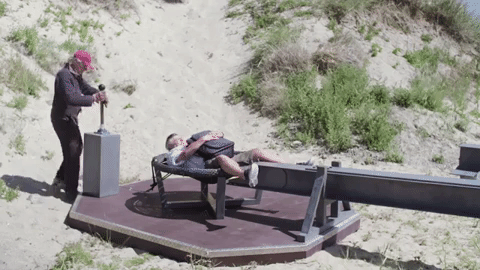You’re busy. I’m busy. That was the intro to this edition. Here we go!

Find your news angle in 3️⃣ steps without consulting a PR pro:
Research what journalists have written
Take yourself out of it
Ask yourself key Q's
Research, research, research
This should be second nature, but research if reporters have already covered this topic. If they have, pay attention to the language (and maybe industry jargon) used. If media referenced data from a company or analyst, read it. It might help you discover, then present a new light or data on the subject. If a piece was recently published and it sounds like something you’re about to pitch, rethink your timing and strategy. Also, you’ll need to identify your perspective.

Or you may want to wait. Or overhaul what you have.
If a reporter didn't cover a certain angle that you have, good:
Don't forget to look for patterns within media coverage. Does a topic get covered annually or seasonally? Are you seeing quotes from the same analyst? Is there a competitor already crushing that topic that you'd "compete" with? In ecommerce, Adobe's Digital Economy Index report is that monster when it comes to online holiday sales.
Take yourself out of it
Usually, vendors have the hardest time with number two: removing themselves from developing a story angle. If you struggle with number two, see a doctor, I kid. 💊
The biggest secret: you must be unbiased.

Self-serving stuff won't fly with journalists.
Marketers at solution providers usually find it difficult to not make themselves the focus of stories. This is why lots of media pitches or speaker abstracts fail—they end up being promotional. However, if B2B marketers put the spotlight on users/customers, or tied themselves to a trend, or presented insights and acted as a messenger or soothsayer, they'd routinely win reporters over.
To get there, think like a customer.
Would they find value today in this story?
Does it only make you look good?
Does it matter to them? Answer:

Ask yourself key Q’s
Looking for your news angle or hook can be tough but you can always do it by asking Q's. Here are starter Q’s to get you thinking:
Is it flashy?
Highlight a trend?
Will it impact a specific group? Many?
Is it educational?
At this stage, your goal is to lay out multiple news angles, then weigh the pros and cons of each. Again, more Q's to ask yourself, but these get a tad more granular:
Which angle connects to our narrative?
Was this covered recently? If so, do we have a unique POV? What is it?
Is this early or late?
Would our brand talk like this?
What will our target audience think?
Key Tip:
Show the news angle upfront in pitches or press releases so journalists don't have to search. Do the hard work for them. Don’t bury the compelling parts.
🛑 Was this useful? Give this newsletter a share!
Connect with me on LinkedIn | Twitter
-John




